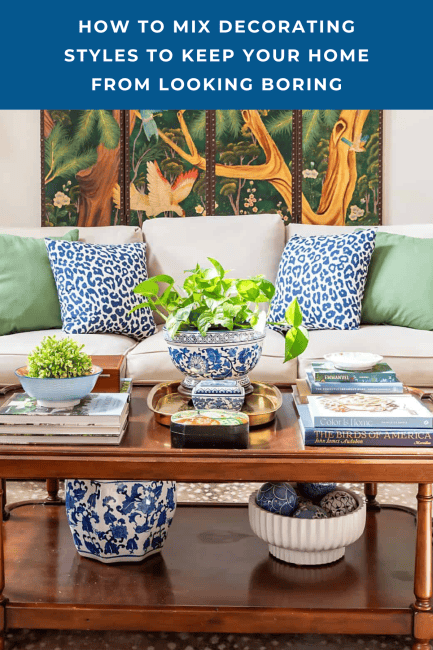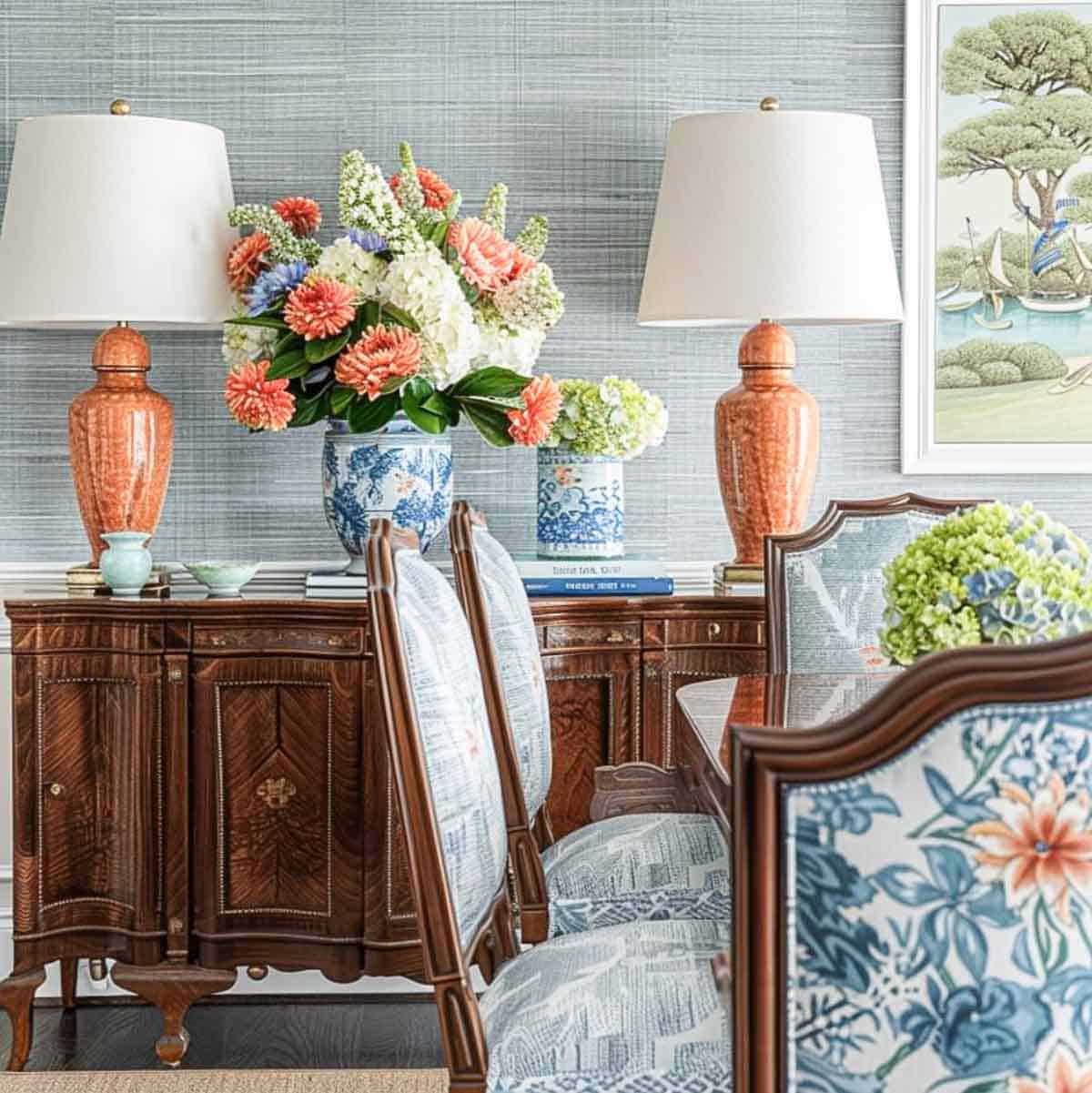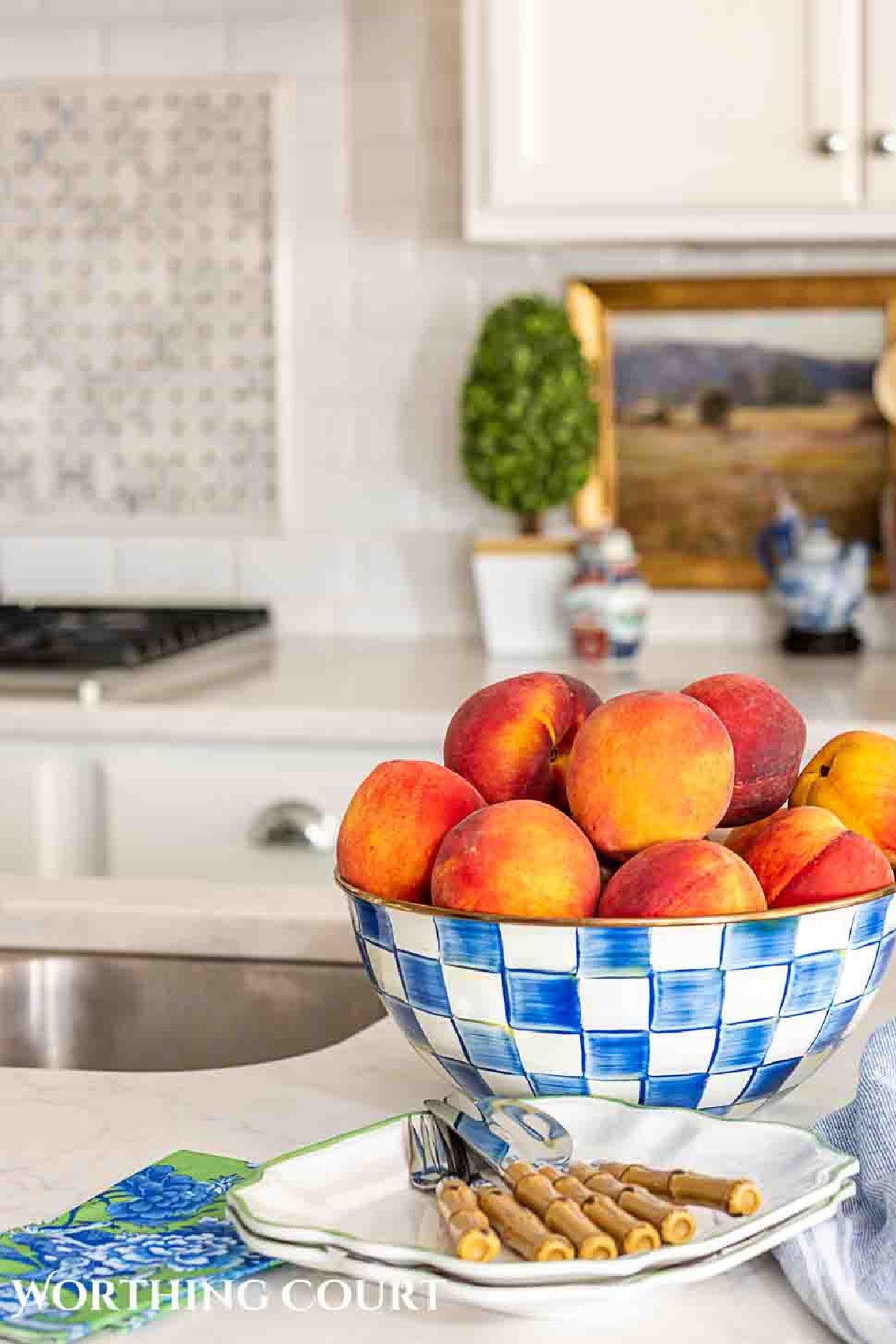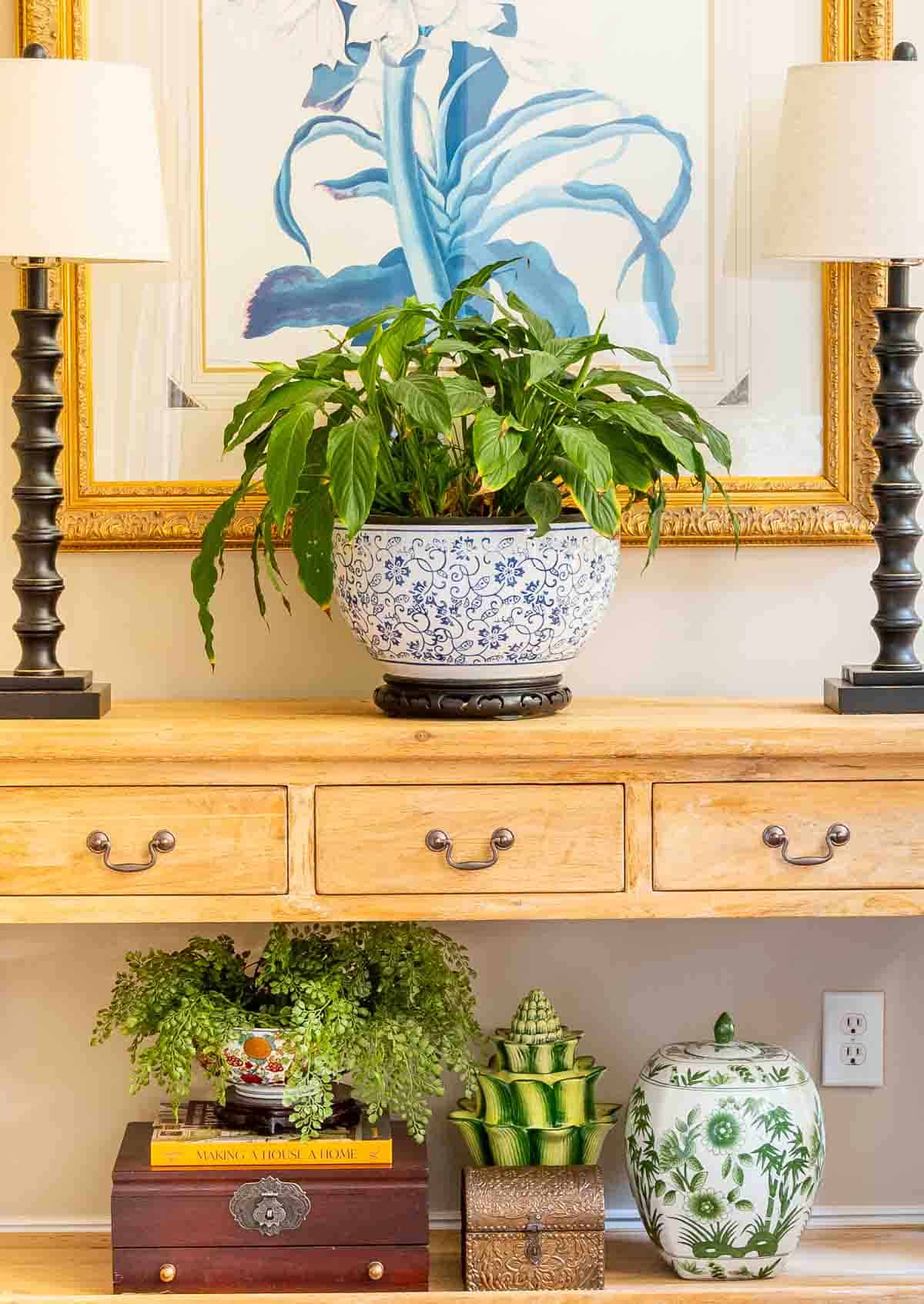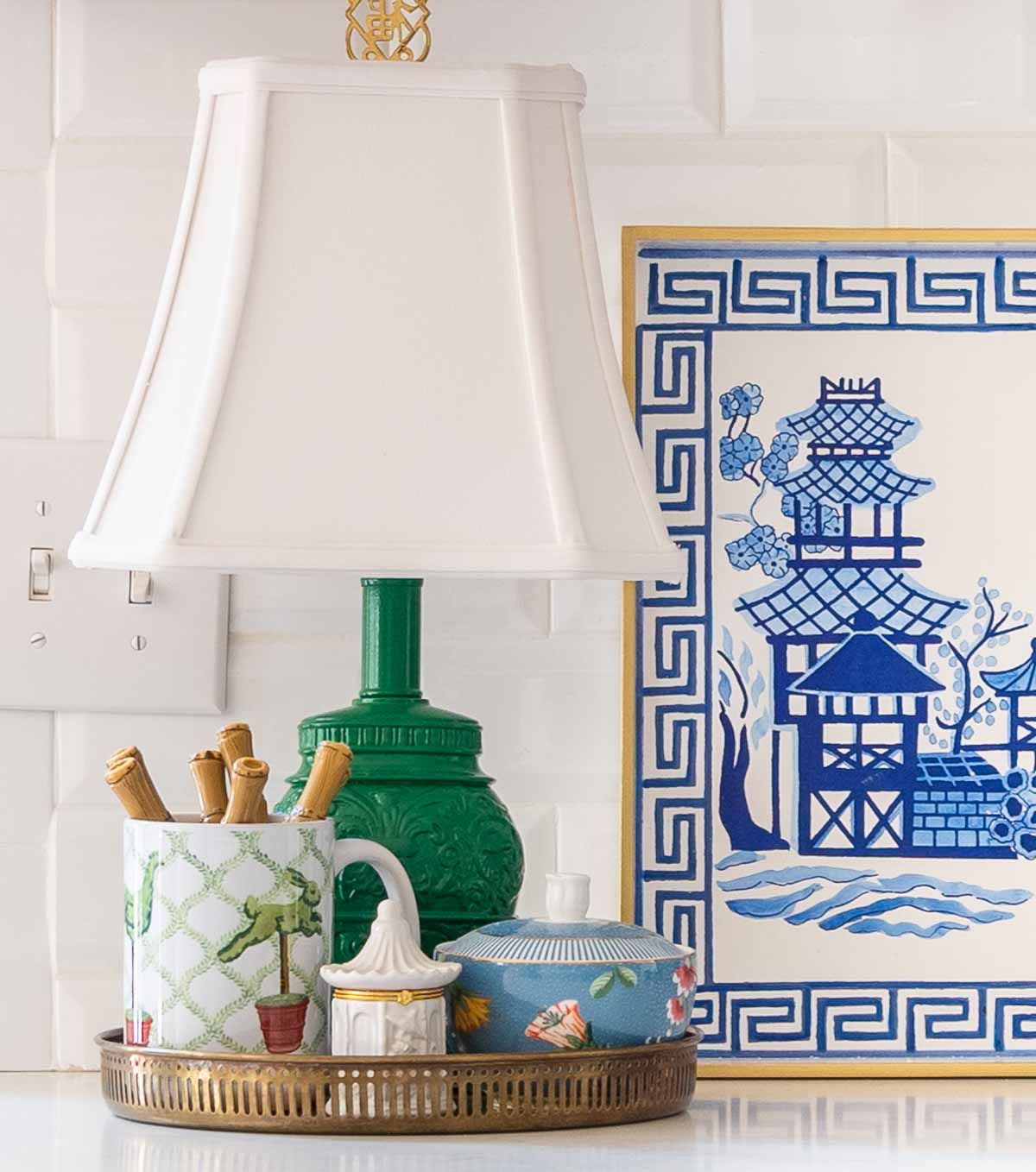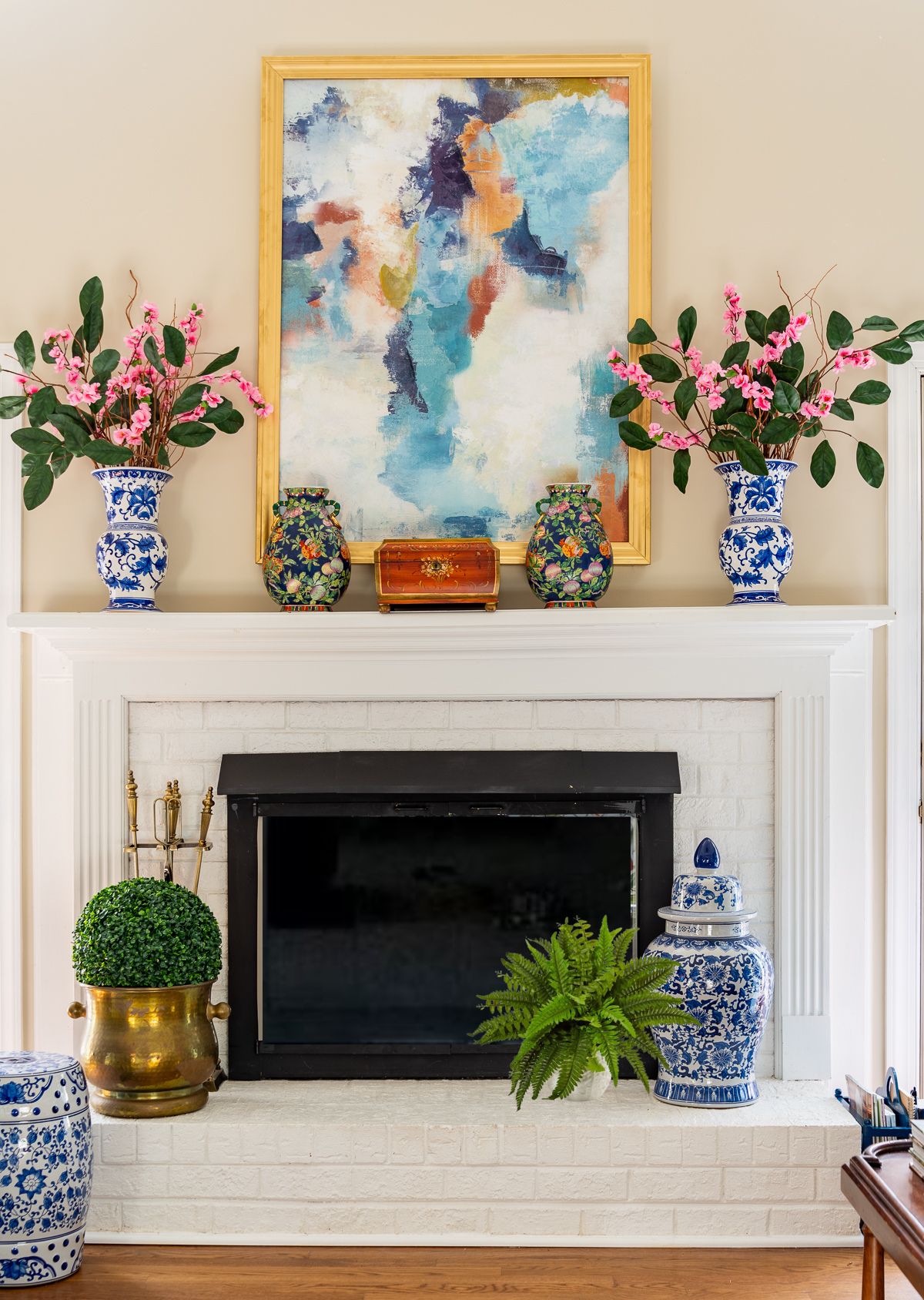How to Mix Decorating Styles to Keep Your Home From Looking Boring
Learn how to mix decorating styles with confidence. These simple tips will help you create a home that feels collected and never boring.

If you want to keep your home from feeling flat or predictable, try mixing decorating styles. Not everything in a room needs to come from the same store or collection.
Mixing modern and traditional pieces, farmhouse with coastal or even vintage and new finds adds depth, warmth and makes a house feel like a home.
If you shy away from mixing styles because it feels overwhelming or seems like it won’t look quite right, you are not alone. With a few simple guidelines, you can create a home that feels like you’ve curated it over time even if you’ve decorated it in a weekend.
These tips will help you confidently combine pieces you love in a collective, cohesive way that is far from boring.
Start With a Neutral Foundation
It is easier to layer in multiple styles without overwhelming the room when you start with a neutral base. Walls, larger furniture pieces, and flooring in versatile colors like white, beige, or soft gray give you a blank canvas to build on.
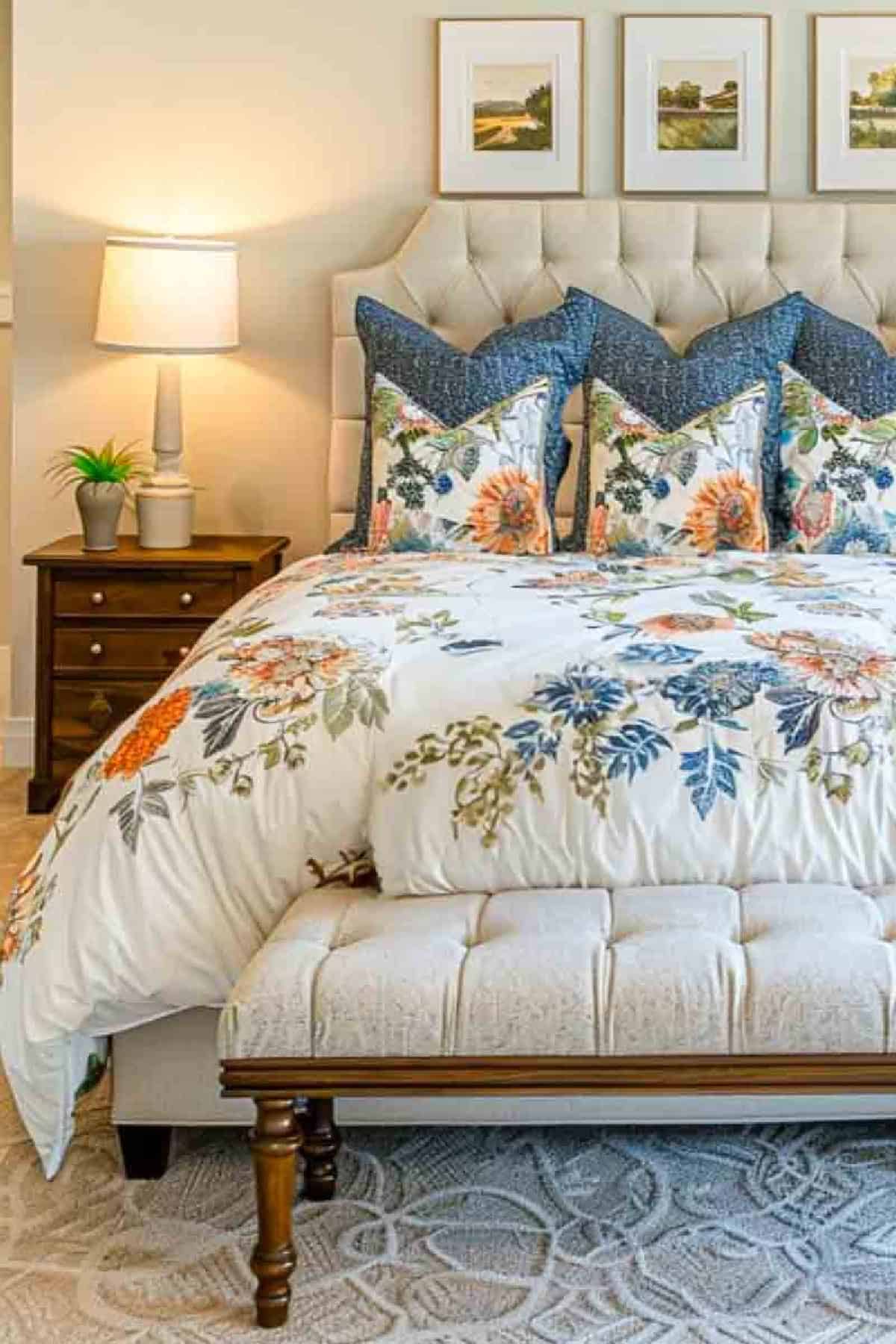
Once you’ve established this base, you can bring in accents from different styles. Whether it is a rustic wood coffee table, a vintage rug or even a sleek modern lamp, the room won’t look chaotic.
I love decorating with bold colors, but so many of you aren’t sure how to mix them with other styles. Focus on using those shades with small accessories such a throw pillow, a print or decorative vase. This lets you experiment without a costly commitment.

Starting with neutral furniture pieces also allows you to easily incorporate seasonal updates. For example, swapping out pillow covers or adding a cozy throw in the fall can completely refresh the look of a room without replacing major items.
Make use of repetition
I think one of the secrets to successfully mixing decorating styles is repetition. Repeating certain elements throughout a room can create visual harmony, even if the pieces come from different styles.
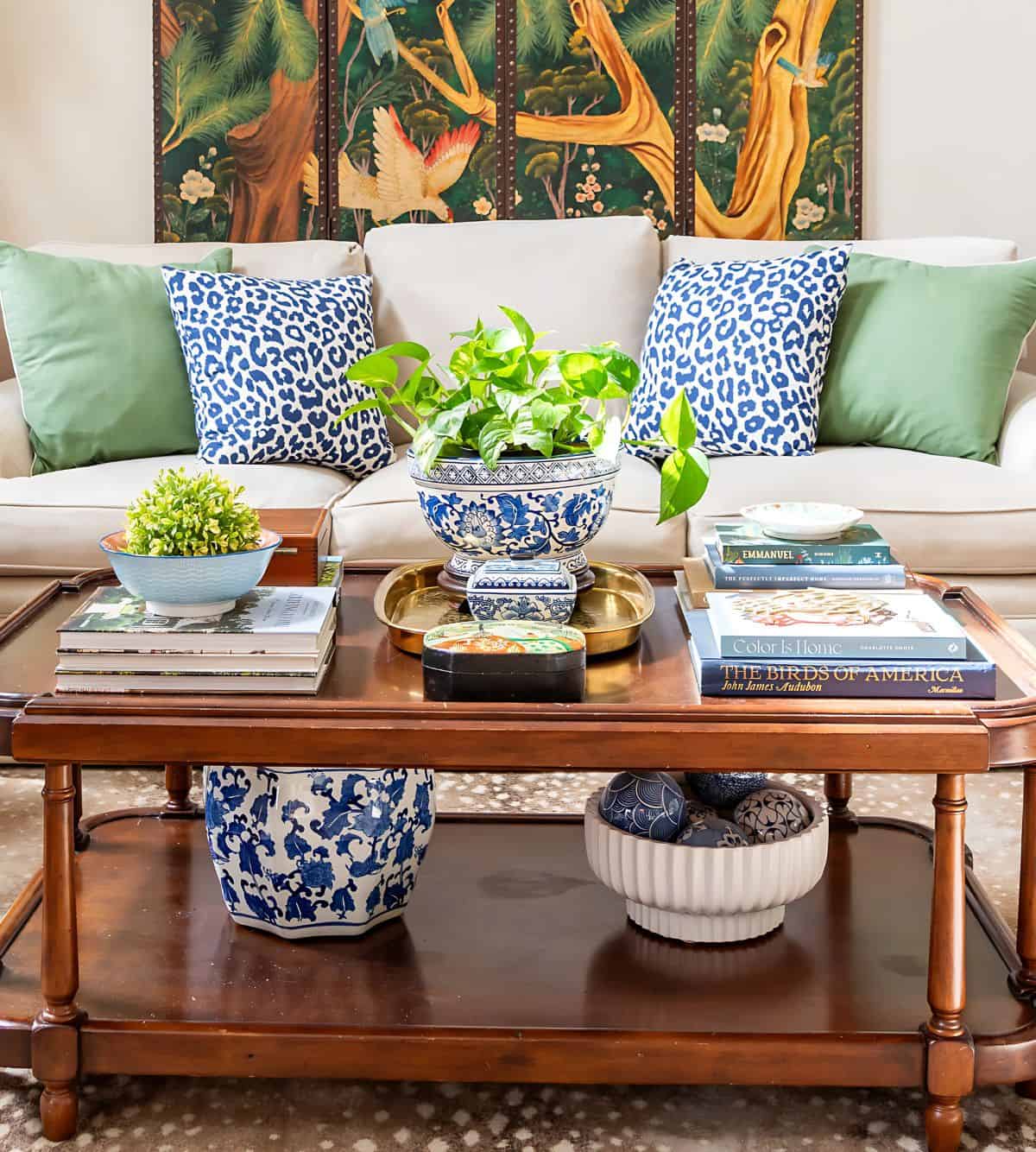
For example, if you want to add a brass mirror above your entryway table, consider incorporating brass accents in your lighting or cabinet hardware. In the same way, if you choose a distressed wood side table, repeat that warm wood tone in a picture frame or decorative bowl. These subtle connections can really help everything feel intentional rather than random.
You can also create repetition through different shapes and finishes. Round furniture, like a curved sofa, can be balanced with a round coffee table or circular light fixture.
In my dining room, I repeated finishes on separate items – gold on the light fixture, paired with gold-framed artwork, gold drapery hardware, and gold hardware on the furniture – to create an overall look without feeling overly matchy-matchy.

This approach can be especially helpful in open floor plans where multiple rooms are visible at once. Repeating finishes, colors, and textures in adjoining spaces keeps the entire area feeling unified while still allowing for individual style in each room.
Blend Old and New
One way I like to mix up decor styles is to use pieces from different time periods. It’s one of the easiest ways to make your home feel inviting and full of character.

The mix of old and new keeps a room from looking like it was purchased all at once. For example, pair a modern sofa with an antique side table or add vintage artwork to a modern kitchen.
Blending styles also gives you more freedom to showcase sentimental items. An heirloom dresser can look fresh with a sleek lamp on top. These combinations work because they balance each other out and create interest.
Shopping secondhand stores or flea markets is a great way to find unique pieces that add charm. It’s also a budget-friendly option for adding character to newer construction homes, where everything can feel a little too “new.”

The one thing I recommend is to start small. Incorporate one older piece in a room filled with newer furniture or vice versa, and build from there. Over time, these additions create a collected feel that tells a story.
Using techniques like decorating by shopping your own house is another way to mix old and new without spending a dime. Move furniture or accessories from one room to another to see how they look in a different setting.
Choose a Consistent Color Palette
Even if your furniture and accessories come from different decorating styles, a consistent color palette will help tie everything together. Choosing two or three main colors and repeating them throughout the room creates cohesion and makes mixed styles feel intentional and on purpose.

Start with a base color for larger pieces like walls, sofas, or rugs, then layer in complementary accent colors through pillows, throws, artwork, and smaller decor.
Just like the use of repetition, this approach works well in open floor plans where several rooms flow together, as it creates visual unity without requiring each space to match exactly.
One of my favorite and easiest ways to establish a palette is by pulling colors from a favorite fabric, rug, or piece of art.
Add Texture and Pattern
I believe texture and pattern are essential to making a room feel layered and inviting, especially when mixing decorating styles. They really help to add depth, warmth, and interest, preventing a space from feeling flat or one-dimensional.

Use elements like woven baskets, chunky knit throws, linen curtains, and natural wood finishes. These touches bring softness and balance to rooms that might feature sleek or modern furniture.
Pattern works similarly by creating movement and breaking up solid blocks of color. Try patterned pillows, area rugs, or even wallpaper to introduce subtle or bold visual interest, depending on your comfort level.
Know When to Edit
When mixing decorating styles, it’s just as important to know what to leave out as it is to know what to include. By editing your decor, you can keep a room from feeling overcrowded or mismatched. This also helps the pieces you love stand out.

Step back and evaluate the space as a whole. If something feels off, it may not be that you need to add more, but you might need to remove an item or two. Too many competing patterns, colors, or furniture styles can overwhelm the room and make it feel chaotic.
If editing feels overwhelming, focus on one area at a time, like a tabletop or a bookshelf.
Mixing decorating styles is all about creating a home that feels personal, comfortable, and thoughtfully collected over time.
When you start with a neutral foundation, repeat elements to create cohesion, blend old and new pieces, stick to a consistent color palette, and add plenty of texture and pattern, your rooms will naturally feel balanced and inviting.
